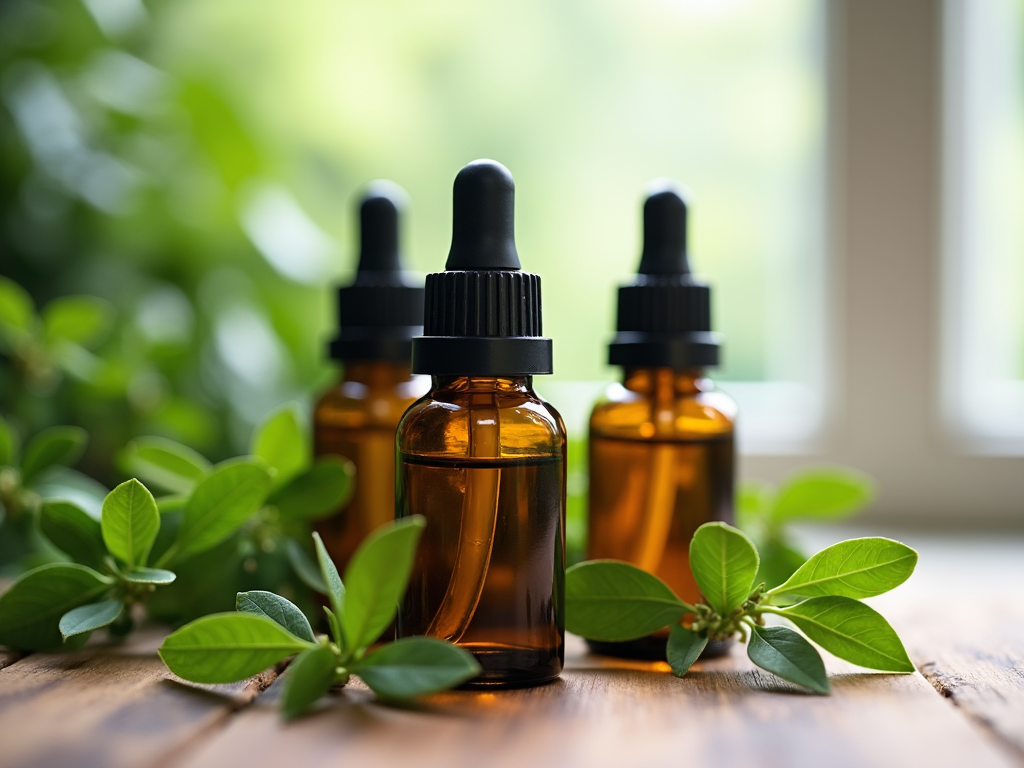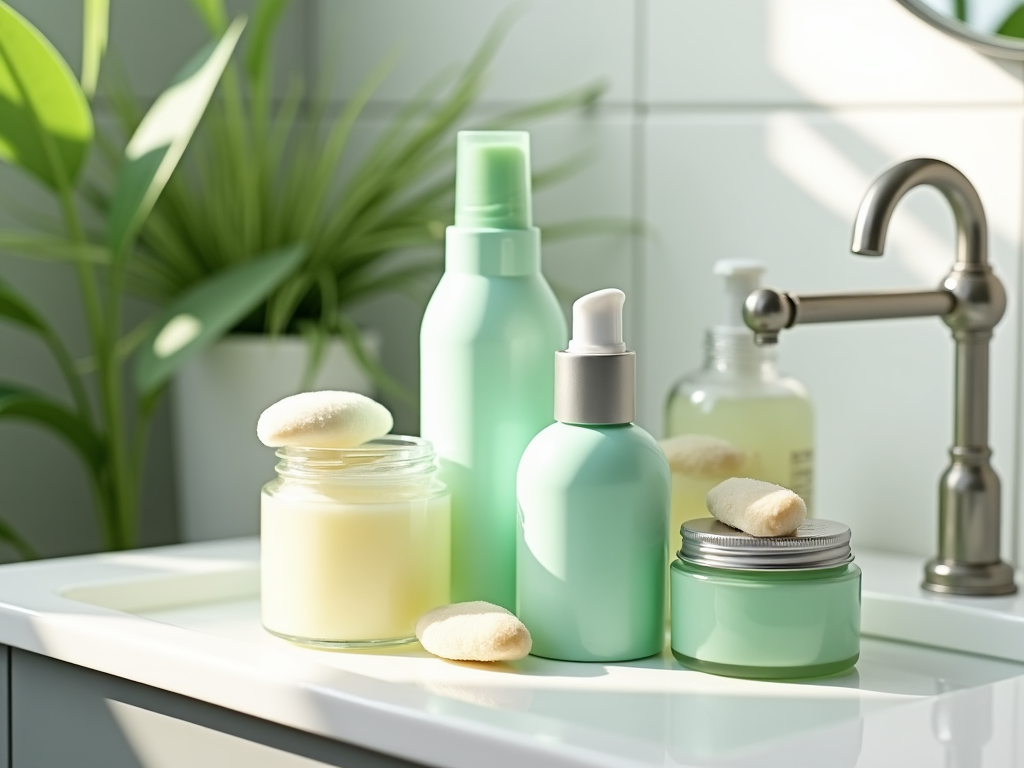
Wintergreen Essential Oil: Virtues and Uses
Have you ever wondered about the myriad benefits of essential oils? Among them, wintergreen essential oil stands out with its unique aroma and versatile applications. This oil, extracted from the leaves of the Gaultheria procumbens plant, captivates not only with its refreshing scent but also with its powerful therapeutic properties. Users often gravitate towards this oil for its calming effects and its significant role in massage therapy. As the world increasingly embraces holistic wellness practices, understanding the virtues and uses of wintergreen essential oil becomes essential. This article will delve into its historical significance, chemical properties, common applications, and important safety considerations.
The Origins of Wintergreen Essential Oil

Wintergreen oil has a storied past, as it was utilized by Indigenous peoples in North America long before the rise of modern medicine. They relied on this fragrant oil for its healing properties, addressing ailments such as headaches and muscle pain. Today, wintergreen essential oil is gaining notoriety in the realm of aromatherapy and natural healing. The historical background laid the foundation for its acceptance in contemporary wellness circles. As we uncover its path from traditional usage to modern applications, it’s clear that wintergreen’s potential is only beginning to be realized. Enthusiasts of natural remedies now integrate it into their daily routines, emphasizing the need for knowledge about its properties and uses.
Key Properties of Wintergreen Essential Oil

At the heart of wintergreen essential oil is methyl salicylate, a compound that sets it apart from other essential oils. This chemical is responsible for many of its therapeutic benefits, attracting those interested in pain relief and inflammation reduction. The richness of this compound is what makes wintergreen oil such a staple in both cosmetic formulations and natural health remedies. Users experience not only physical relief but also an uplifting sensory experience, making it a dual-purpose solution in many applications. To better understand its virtues, let’s take a closer look at how these properties support health and wellness.
| Property | Benefit |
|---|---|
| Anti-inflammatory | Reduces swelling and discomfort in muscles and joints. |
| Analgesic | Provides pain relief, particularly in sports injuries. |
| Antiseptic | Helps prevent infections when applied topically. |
Common Uses of Wintergreen Essential Oil
Wintergreen essential oil shows immense versatility across various domains. From cosmetics to therapeutic applications, its use is wide-ranging. Below are some of the most common applications of this essential oil:
- Aromatherapy: The fresh scent of wintergreen can alleviate stress and improve mood when diffused.
- Skin Care: Known for its antiseptic qualities, wintergreen oil is often found in skincare products aimed at cleansing and soothing skin irritations.
- Massage Therapy: Widely used in massage formulations, these oils help ease muscle tension and promote relaxation.
Beyond these applications, wintergreen oil is also popular for DIY household cleaning products, delivering not only a pleasant aroma but also reinforcing hygiene through its natural antibacterial properties. Its incorporation into homemade recipes for lotions and ointments makes it a favorite among those interested in natural cosmetic benefits.
Precautions and Considerations
Although wintergreen essential oil offers many benefits, responsible use is paramount. Certain guidelines must be followed to ensure safety and effectiveness. These precautions include:
- Dilution: Always dilute wintergreen oil with a carrier oil before applying to the skin to avoid irritation.
- Ingestion: This potent oil should not be ingested, except under the supervision of a healthcare professional.
- Pregnancy and Nursing: Consultation with a healthcare provider is recommended before using wintergreen oil during pregnancy or while nursing.
Conclusion
Wintergreen essential oil is truly a remarkable oil with a spectrum of therapeutic properties and practical applications. Its usage throughout history and its growing presence in modern wellness practices highlight its significance. By incorporating wintergreen oil into a daily routine, users can harness its natural benefits while elevating their well-being. However, responsible use and understanding its characteristics are crucial to maximizing its advantages. The journey of wintergreen essential oil from traditional healing to contemporary aromatherapy illustrates its enduring relevance and potential.
Frequently Asked Questions
- What is wintergreen essential oil used for? Wintergreen essential oil is primarily used for pain relief, inflammation reduction, and as a natural antiseptic.
- How do you dilute wintergreen essential oil? To dilute wintergreen essential oil, mix a few drops with a carrier oil like coconut or olive oil, typically at a 1:5 ratio.
- Is wintergreen oil safe for children? Wintergreen oil is potent and should be used with caution around children. It is best to consult a pediatrician before use.
- Can wintergreen essential oil be ingested? Ingestion of wintergreen essential oil can be toxic and should only be done under professional supervision.
- Where can I buy quality wintergreen essential oil? Quality wintergreen essential oil can be found at health food stores, specialty essential oil retailers, and online marketplaces. Always look for reputable brands.


